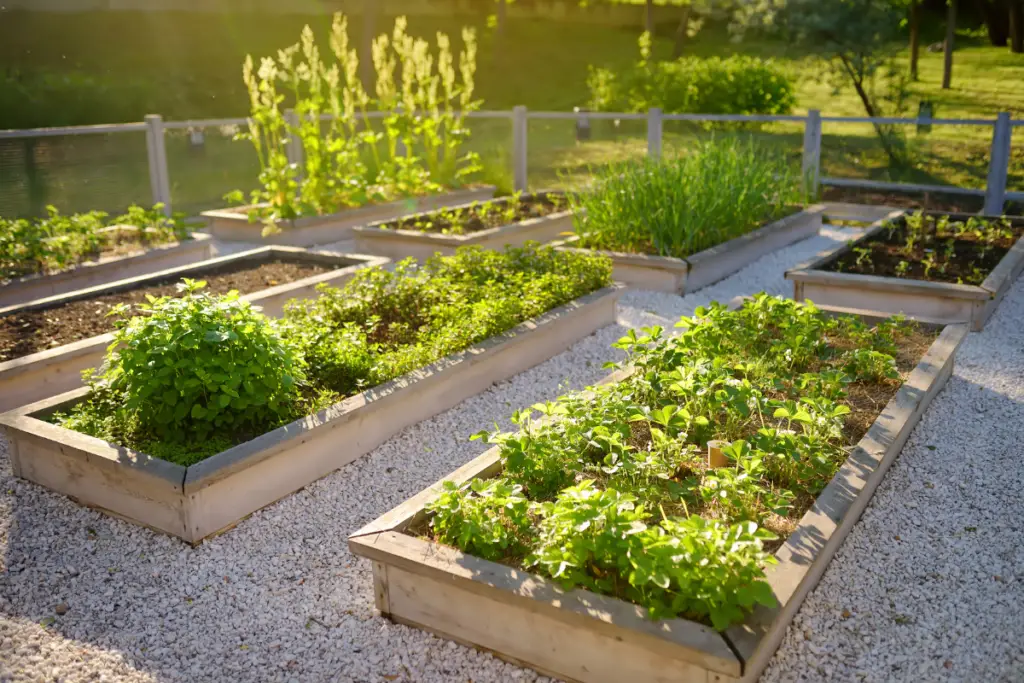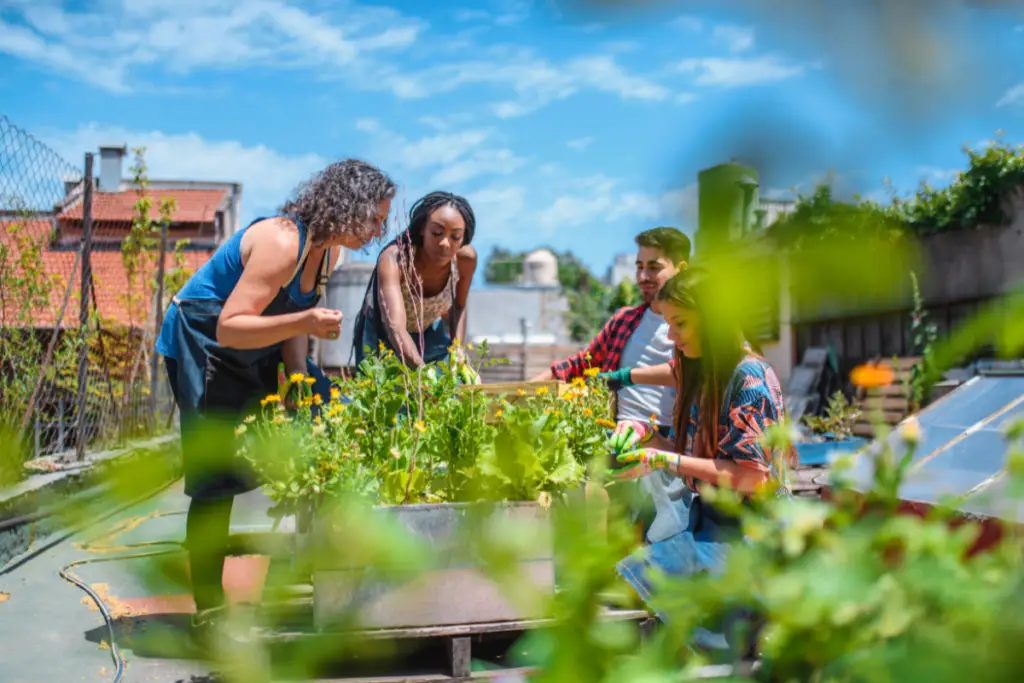Have you ever dreamed of transforming a drab, unused space in your community into a vibrant garden oasis? Imagine neighbors coming together, enjoying the outdoors, and harvesting fresh produce right in your neighborhood. Community gardens are sprouting up everywhere, and for a good reason!
Let’s dive into how you can design and budget for a community garden that not only beautifies your surroundings but also strengthens community bonds.
Benefits of Community Gardens
Why should your HOA consider a community garden?
Well, for starters, they’re fantastic for the environment. Green spaces help reduce the urban heat island effect, support local wildlife, and can even improve air quality. But it’s not just about the environment; community gardens foster a sense of togetherness.
They’re a place where neighbors can meet, chat, and work towards a common goal. Plus, there’s the added bonus of fresh, homegrown produce—healthy, delicious, and right at your doorstep!
Planning Your Community Garden

First things first, assess the space you have available.
Is there a sunny, underused plot of land? Great!
The next step is setting clear goals for your garden. Do you want to grow vegetables, create a flower haven, or perhaps a mix of both?
Gather input from community members to ensure everyone feels involved and invested in the project. After all, a garden created by the community, for the community, is bound to flourish!
Design Tips for an Appealing Garden
Now comes the fun part—designing your garden!
Think about the layout and accessibility. Raised beds and wide pathways make it easier for everyone to participate, including those with mobility issues.
When it comes to plant selection, choose varieties that thrive in your local climate and soil. Don’t forget to add some aesthetic elements. Benches, colorful planters, and garden art can turn a simple plot into a welcoming retreat.
Want to make it truly special? Incorporate a few unique touches like a butterfly garden or a small pond.
Budgeting for Your Community Garden
Creating a beautiful garden doesn’t have to break the bank.
Start by estimating the initial costs for essentials like soil, plants, tools, and any infrastructure you might need, such as raised beds or fencing.
Funding can come from various sources—grants, donations, and community fundraisers are all viable options. Looking to save even more?
Use recycled materials for planters, enlist volunteers for labor, and swap plants with neighbors to diversify your garden without spending a dime.
Maintaining the Garden

Once your garden is up and running, maintaining it is key to its success.
Set up a volunteering system to keep the workload manageable and ensure everyone has a chance to contribute.
Sustainability is crucial, so consider composting kitchen scraps and using rain barrels to conserve water.
Regular upkeep, like weeding, pruning, and harvesting, will keep your garden looking its best and ensure it remains a productive and enjoyable space for everyone.
How Gardens Play a Role in Reserve Studies
Community gardens aren’t just about beautification—they’re also a smart financial move for your HOA.
By incorporating garden maintenance into your reserve studies, you can ensure long-term sustainability and budget for future improvements.
Reserve studies help plan for the replacement of garden infrastructure, like raised beds and irrigation systems, ensuring your community garden remains a vibrant and valuable asset for years to come.
Conclusion
In summary, a well-planned and thoughtfully designed community garden can be a game-changer for your HOA. It’s an investment in your community’s health, happiness, and sense of togetherness. So, why wait?
Gather your neighbors, roll up your sleeves, and start planning your community garden today. With a little effort and a lot of heart, you’ll soon have a beautiful, thriving space that everyone can enjoy. Thanks to Propfusion for consulting.
Happy gardening!
























